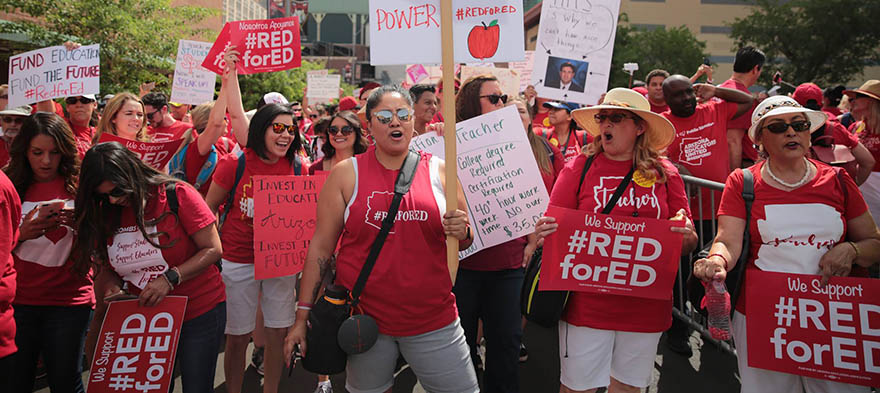
Jun 8, 2018 12:00:00 AM
by Kelly Robson
Kelly Robson is an associate partner with Bellwether Education Partners. Since joining the Policy and Thought Leadership team in 2013, Kelly has worked on a variety of issues including public school choice, private school choice, city-level reform efforts and policies impacting disrupted youth, particularly homeless youth. Her work has been featured in The 74, Philanthropy Magazine and elsewhere. Prior to joining Bellwether, Kelly taught middle school English and history in Westerville City Schools in Westerville, Ohio, and in the District of Columbia Public Schools. Kelly holds a B.A. with honors and a master’s degree in education from The Ohio State University and a doctorate in education policy from George Washington University.
Few issues in education spark more tension and debate than standardized testing. Are they a tool for equity or a burden on students? A necessary check on school systems or a flawed measure of...
Charter schools are public schools with a purpose. Operating independently from traditional school districts, they're tuition-free, open to all students, and publicly funded—but with more flexibility...
Despite the benefits of a diverse teaching force, prospective teachers of color fall out of our leaky preparation pipeline at every stage: preparation, hiring, induction, and retention. Here’s what...
Ed Post is the flagship website platform of brightbeam, a 501(c3) network of education activists and influencers demanding a better education and a brighter future for every child.
© 2020-2025 brightbeam. All rights reserved.
Leave a Comment